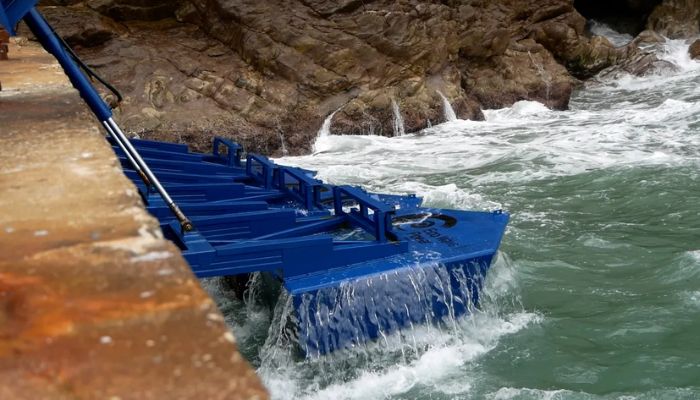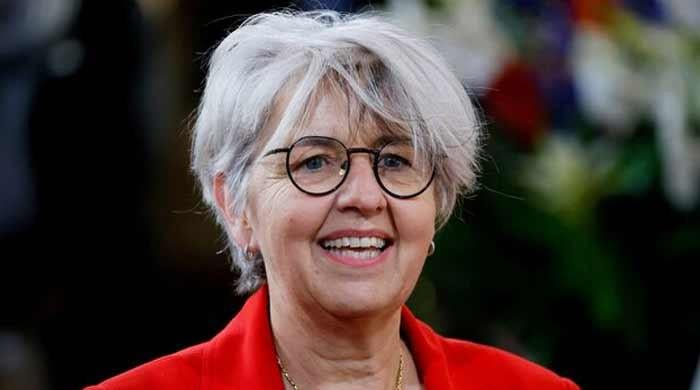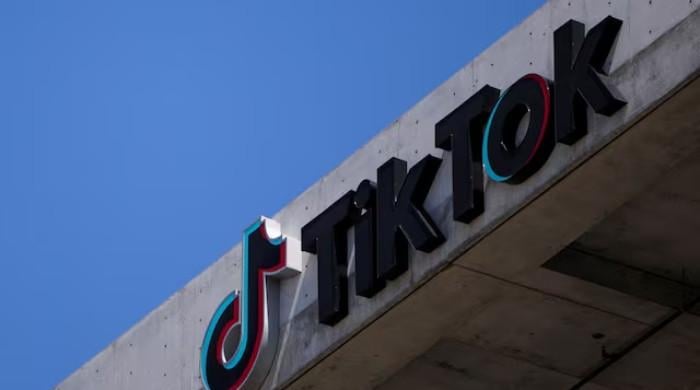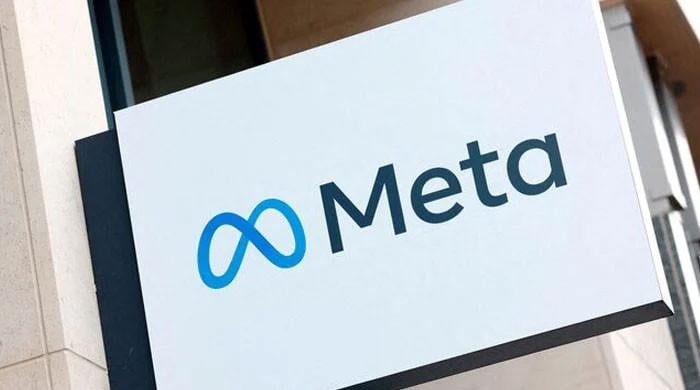Floaters that turn ocean waves into renewable energy could power our homes
The hydraulic pressure generated by the floaters is converted into electrical energy
December 27, 2022

Blue metal floaters attached to an old World War II ammo jetty in Gibraltar's coastline oscillate up and down, converting the moderate rise and fall of waves into renewable electricity.
The floaters were developed by Eco Wave Power, a business that aims to turn man-made structures like breakwaters and piers into renewable energy sources.
According to the development team, each batch of these floaters is specifically created to accommodate the particular wave conditions where they are deployed.
For instance, smaller waves require smaller floaters since they are easier to move up and down, whereas larger waves can accommodate larger floaters and hence require fewer of them.
Land-based accumulators that are built into large blue shipping containers are inflated by the movement of the floaters.
A hydraulic motor is turned by the fluid pressure caused by the rising waves. That then starts a generator, which turns on an inverter to transfer electricity to the power grid.
The hydraulic pressure generated by the floaters is converted into electrical energy for the grid inside one of Eco Wave Power's land-based containers.
When waves become too high during a storm, the unit automatically locks into an upright position to protect itself, and once the bad weather has gone, it descends back into the sea.
According to Eco Wave Power, its complete system — from floater to grid— is about 50% efficient, which means that roughly 50% of the wave energy that enters the system is successfully transformed into electricity. To put that number into perspective, consider that it is higher than the typical solar panel efficiency of 15% to 20%, the typical wind turbine efficiency of 20% to 40%, and the typical coal power plant efficiency of 33%, according to a CNET report.
There are now a few areas where the company consistently provides grid power, and more are on the way. The company's first grid-connected station was inaugurated in Gibraltar in 2016 and a second one is presently being built at Jaffa Port in Tel Aviv, Israel. In early 2023, a third is anticipated to open in Los Angeles.
The quantity of energy generated by each floater depends on the local wave conditions. Each of the company's floaters in Jaffa, according to Inna Braverman, co-founder and CEO of Eco Wave Power, may produce up to 10 kWh, or roughly enough energy for 10 households.
According to Braverman, the business has carried out numerous environmental studies, which have revealed no adverse effects on the environment. Additionally, the fluid used to generate the hydraulic pressure within the system is biodegradable.









